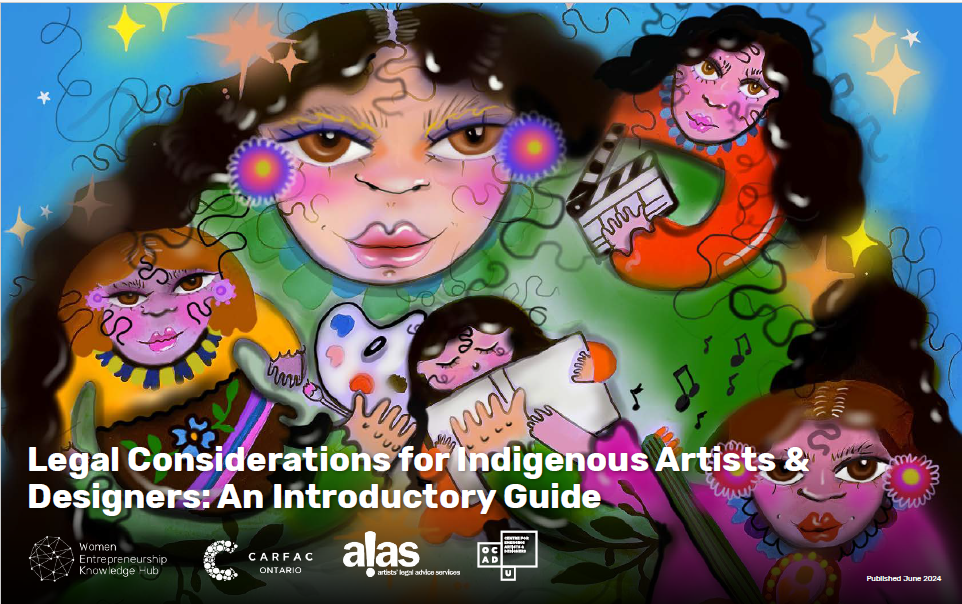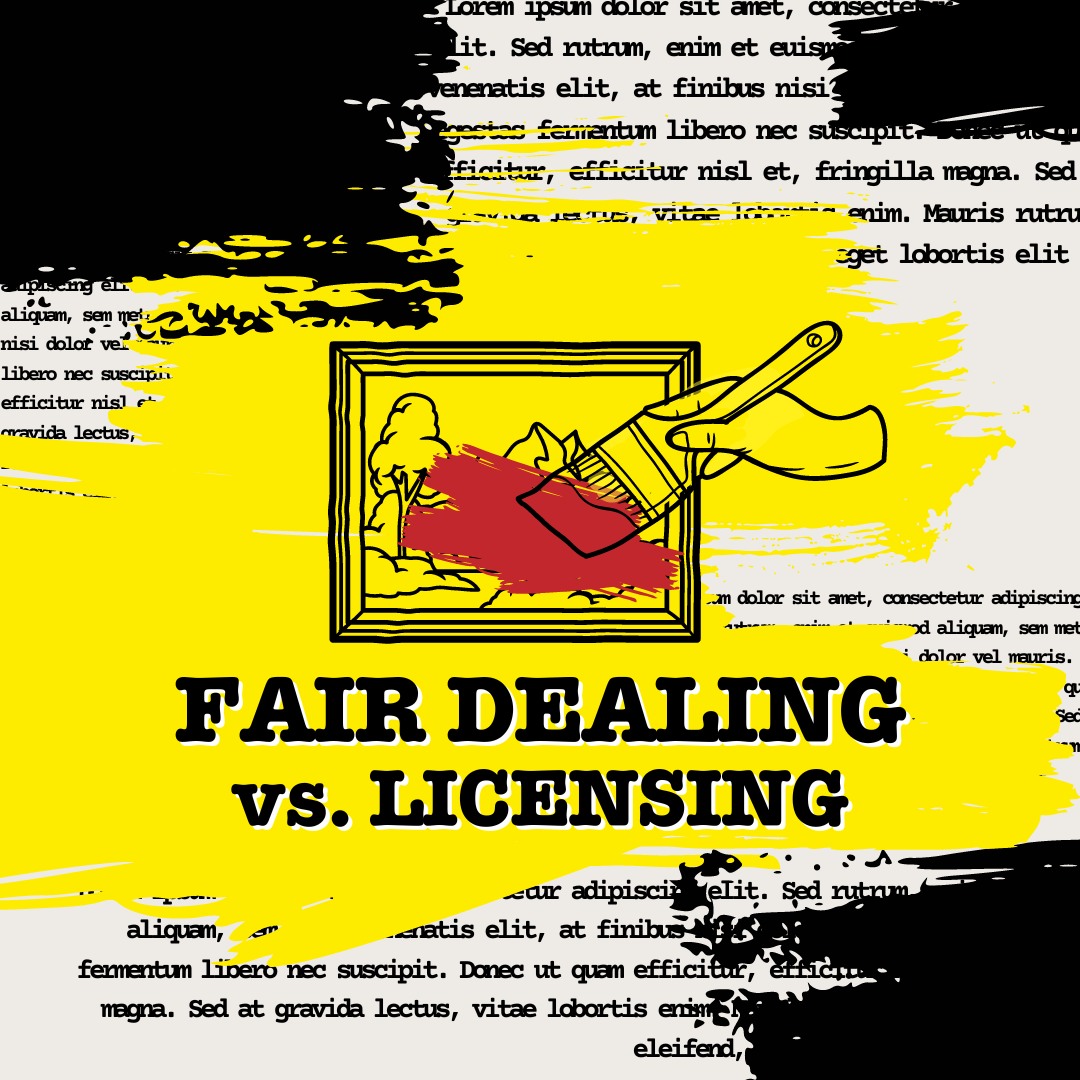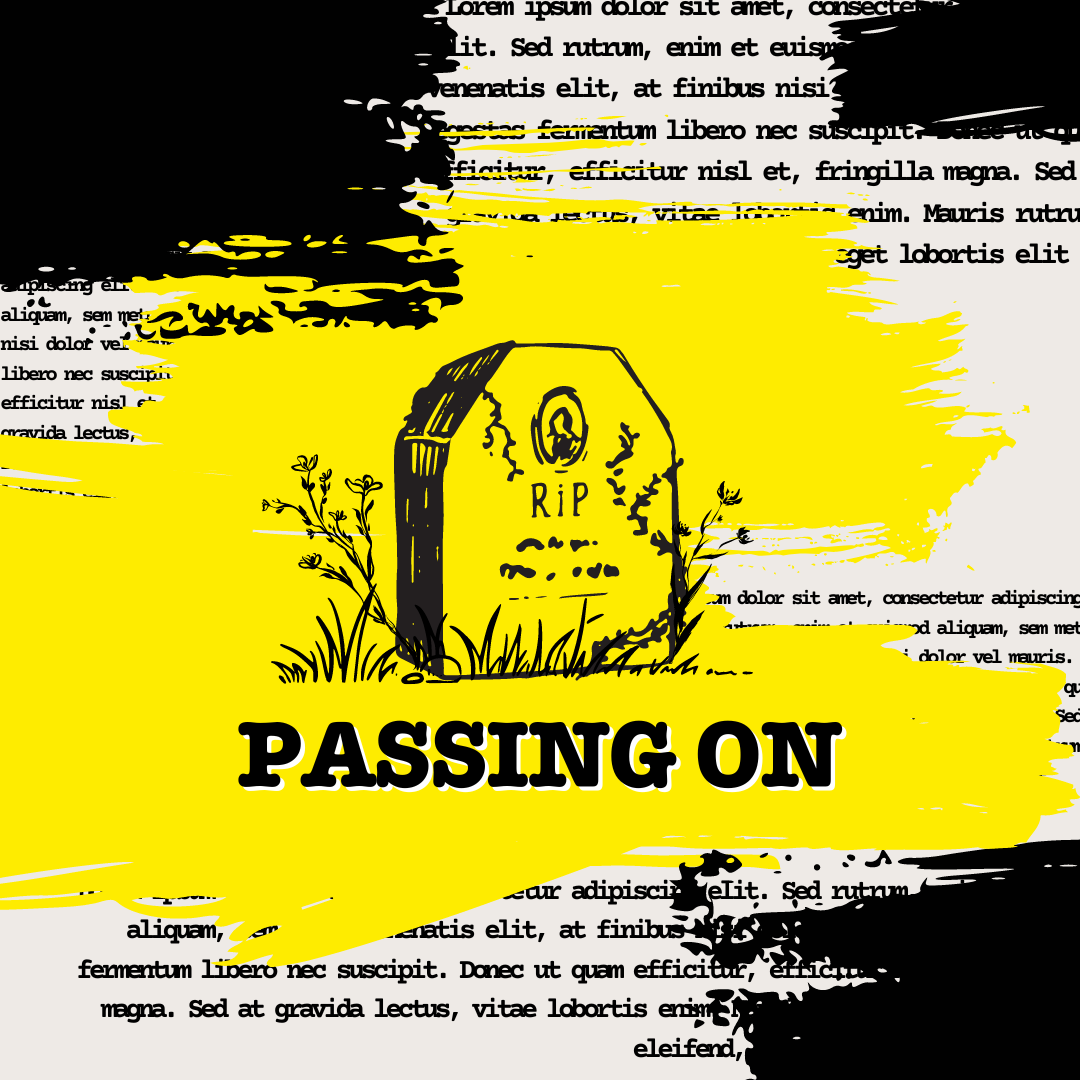Fair Dealing vs. Licensing
Remember, copyright in Canada generally lasts for the life of the artist plus 70 years after their death. If you wish to use another artist’s work before this, typically, you must first request the artist’s permission to do so, unless a fair dealing exception applies.
Fair dealing in Canada allows for the use of copyrighted work without obtaining the copyright owner’s permission. This may include using work for purposes such as research, private study, education, parody, satire, criticism, review, and news reporting. But, even if the work falls within those categories, that does not automatically make the dealing fair! A court will consider many factors such as the purpose, character, and amount of the dealing, alternatives to the dealing, nature of the dealing, and effect of the dealing.
But what if you have created a work that someone else wishes to use? You- the copyright owner- can allow others to use your work without selling or transferring that copyright. This is done via licensing, which refers to giving another party (e.g. an individual, organization or company) permission to do or use something in connection with a copyright-protected work usually for a limited time and purpose.
^ The information above was created by students from the Manitoba Legal Clinic for the Arts, it is not legal advice nor does it create a solicitor-client relationship. The Clinic provides information and services entirely for free. Why? To support artists doing what they do best– creating– which makes the world a better place for everyone! If you need legal assistance, please fill out an intake form at legalclinicforthearts.ca
Have an idea for a resource?
Share it with the community







